Yega Chuefei Coffee Variety Classification description Flavor taste Grinding scale production area how to drink?
Professional coffee knowledge exchange more coffee bean information please follow the coffee workshop (Wechat official account cafe_style)
For more boutique coffee beans, please add private Qianjie coffee on Wechat. WeChat account: qjcoffeex
I wonder if the friends who often drink Yega Xuefei coffee have noticed that no matter which company buys it, the coffee bean particles in the Yega / Ethiopia region always vary in size and look very uniform as a whole. Once a friend asked Qianjie coffee if the quality of raw beans was not good.
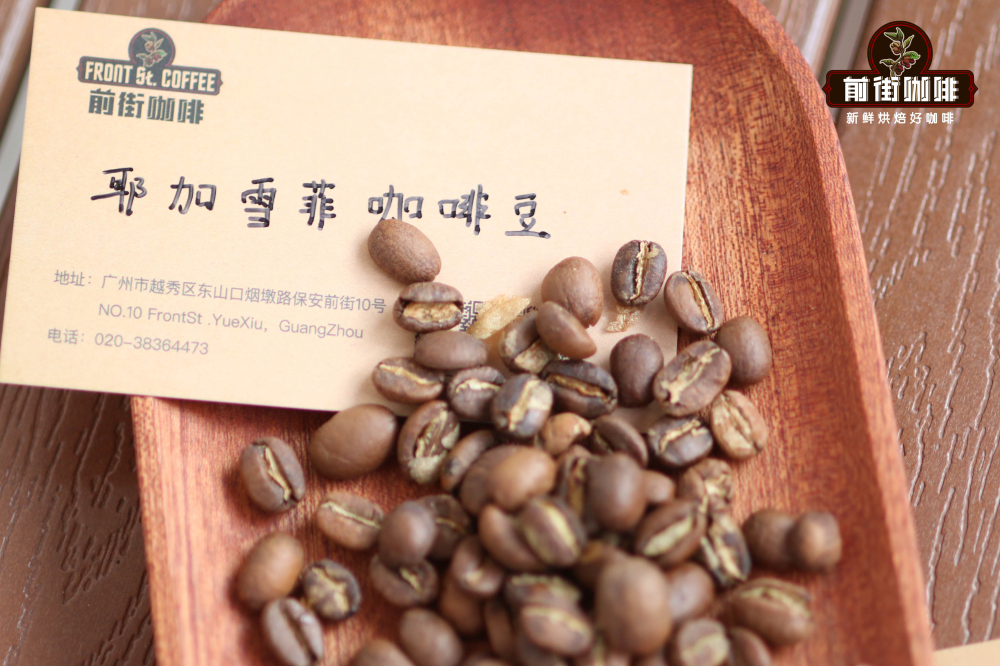
No! Yega Xuefei's coffee beans appear to be of different sizes because most of the coffee beans grown in Ethiopia are not subdivided. There are differences in the size of different varieties of coffee fruit / beans, so this is why the coffee beans in Ethiopia vary in size.
Introduction of Coffee varieties in Ethiopia
At present, the native varieties in Ethiopia will be collectively referred to as "Heirloom", which is defined as "the precious property of generations", meaning "family heirloom". Similarly, in the field of coffee, the term is widely used to refer to old varieties of Arabica coffee plants that have existed for some time. Usually translated into Chinese, the word "native species" is used to represent it.
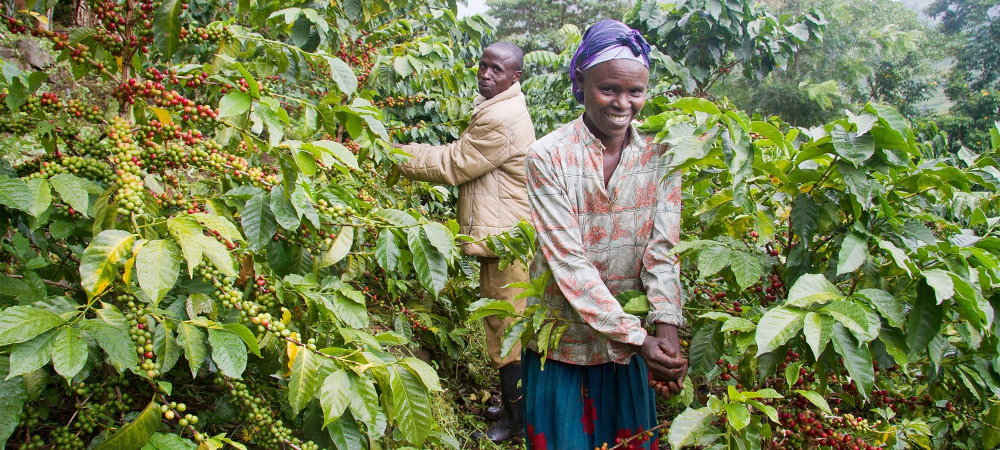
As the birthplace of coffee, there are countless varieties of coffee in Ethiopia that need to be discovered and confirmed. At the same time, there are some varieties that local researchers need to protect, so there are still 10000 to 15000 coffee varieties in Ethiopia that do not yet have their own official names.
Local native varieties are usually divided into two categories: JARC varieties and regional local varieties. JARC varieties are developed and studied by Jima Agricultural Research Center (with ideal characteristics, such as higher resistance to disease or higher yield). However, regional local varieties are coffee trees that grow completely in the wild.
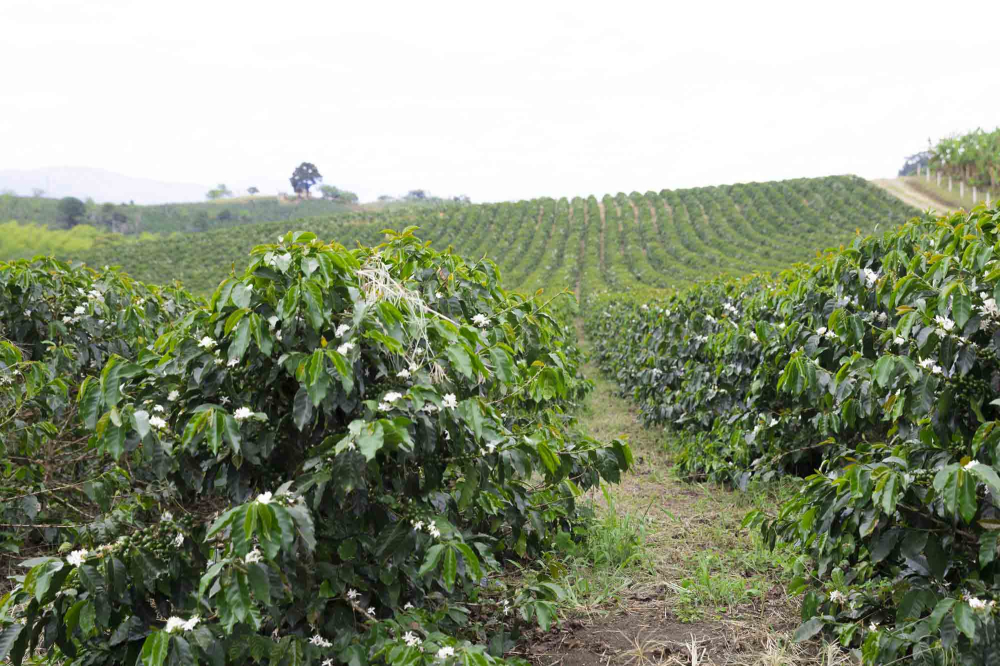
At present, coffee farmers grow mainly regional local varieties. It is difficult for farmers to identify and separate varieties in the wild, while on farms, pickers and producers can better separate each variety.
Among thousands of different family heirlooms in Ethiopia (whether identified or not), there are many different characteristics, including yield, cup quality, flavor and disease resistance. However, coffee beans produced in different producing areas will have their own unique regional flavor.
The unique flavor of Yejia Coffee producing area
The coffee beans grown in the Yejashafi region are famous for their bright citrus acidity, floral aroma, almond-like finish and tea-like sweetness.
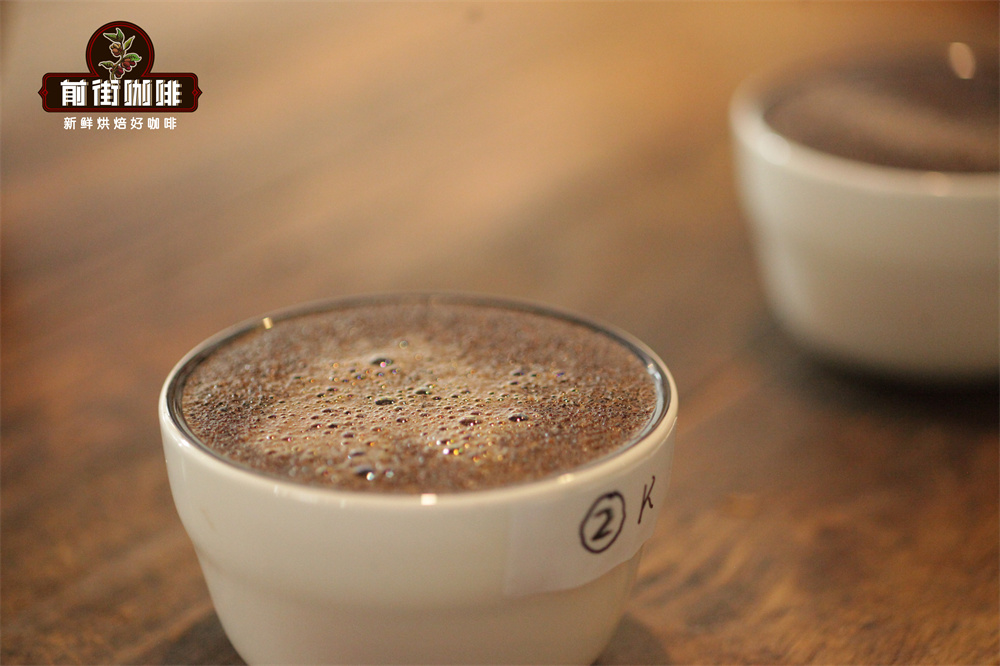
Compared with other Ethiopian coffee producing areas, the coffee beans in Yegashafi are always very recognizable, so they are loved by a lot of coffee lovers.
Yega Xuefei boutique coffee bean classification
Use G1, G2, G3, G4, G5 to indicate that the higher the number, the lower the level. The evaluation dimension is divided into two dimensions: first, physical characteristics account for 40%, which are scored by defects, appearance, color and smell; second, coffee cups account for 60%, which are scored by four dimensions: cleanliness, alcohol thickness, flavor and acidity.
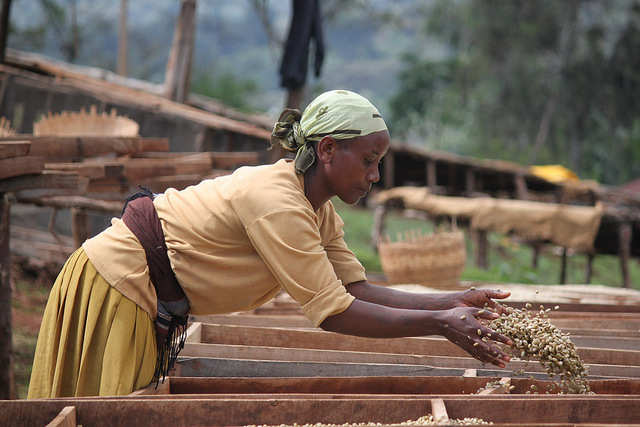
Finally, the physical characteristic score + coffee cup test score, get the total score.
G1 ≥ 85, G2 75-84
G3 63-74 G4 47-62
G5 level 31-46 points
Ye Jia Xuefei coffee bean brewing suggestion
Qianjie Coffee thinks that in order to make a good pot of coffee, it mainly starts from these four aspects: water temperature, grinding thickness, powder-to-water ratio, brewing method. Next, the former Street Coffee sold "Yejiaxuefei Red Cherry Plan Sun-cured Coffee beans" as an example to share with you the experience of brewing Yejiaxuefei Coffee.
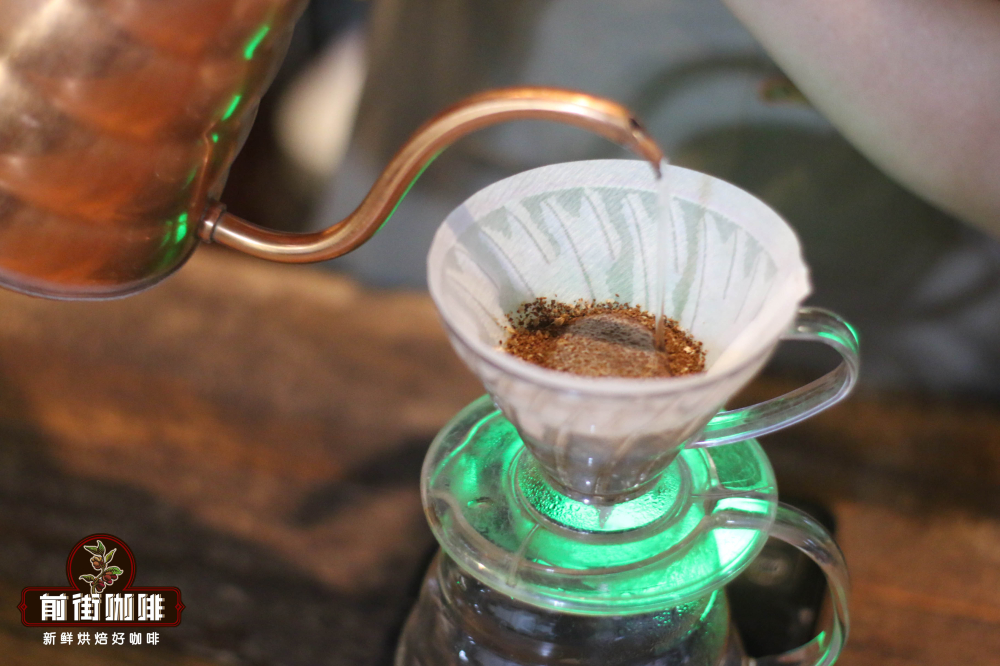
1. Water temperature
For example, the flavor of sun-red cherry coffee beans is mainly berries citric acid. Qianjie Coffee uses medium-shallow roasting to deal with it in order to highlight the characteristics of blue, so its boiling water temperature will be controlled at 90-91 ℃.
2. Degree of grinding
The degree of grinding refers to the size of coffee particles, because the degree of grinding will affect the contact time between coffee and water. If the coffee powder is finer, the water can extract more substances in the same time, but the degree of grinding is fine, the coffee is easy to be extracted in the process of extraction; on the contrary, the coarser the degree of grinding of coffee, the less substances extracted by water in the same time, but the coarser the degree of grinding is, the coffee is prone to insufficient extraction.
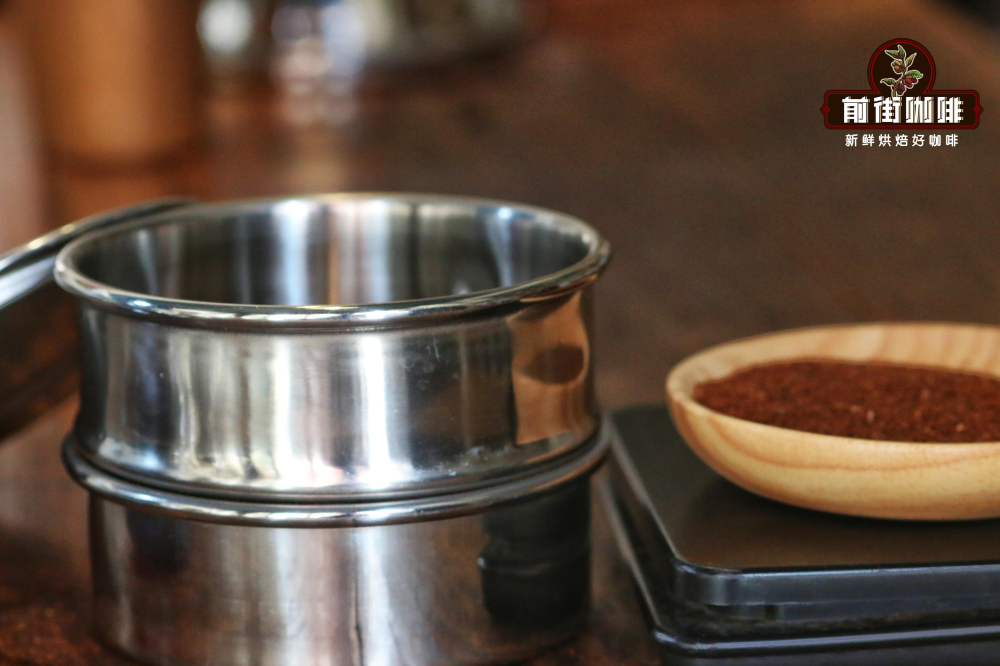
Due to the high altitude, Yejasuefi coffee beans have dense structure and high hardness. In addition, the substances in medium-shallow roasted coffee beans are not easily soluble in water, so it is recommended to use medium-fine grinding (the screening rate of Chinese No. 20 standard sieve is 80%).
3. Powder-water ratio
According to the scaa gold cup extraction theory, the difference of the extraction parameters and taste of hand-made coffee with the ratio of water and powder was obtained. [heavy taste] 1VlV 10.1RU 11, that is, 1Rd 12.5mm 1Rau 13.5 of the Golden Cup Criterion; [moderate Taste] 1Rd 124th 1Rule 13 (that is, the Golden Cup Criterion 1Rd 14.5mm 1Rod 15.5) [small freshness] 1JV 14forth 1vu16 (that is, 116.5mm 1race 18.5 of the Golden Cup Rule). Therefore, the Qianjie coffee here suggests brewing Yejashefi coffee beans, which can be brewed in the proportion of powder and water at 1:15 to make the performance of Yejiaxefi coffee more uniform.
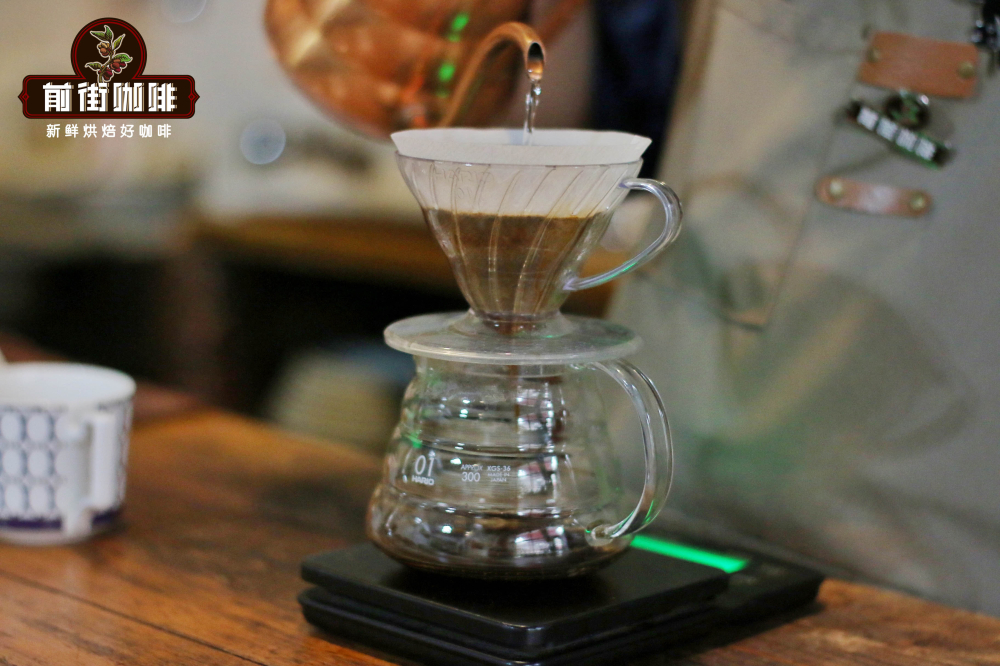
4. Water injection technique
In the first stage, 30 grams of water is injected for 30 seconds, followed by 95 grams (about 125 grams indicated by the electronic scale). The injection is completed in about 1 minute, and the remaining 100 grams are injected at 3 places in the powder layer (about 225 grams shown by the electronic scale) in about 1 minute and 35 seconds. 2: 00 "- 2 × 39" trickle filtration is completed, remove the filter cup and complete the extraction.
Important Notice :
前街咖啡 FrontStreet Coffee has moved to new addredd:
FrontStreet Coffee Address: 315,Donghua East Road,GuangZhou
Tel:020 38364473
- Prev
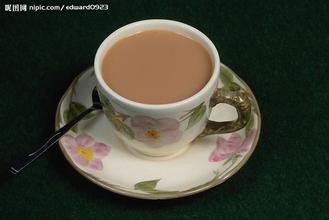
Introduction to the production area of roasting degree and Flavor description of Ethiopian Honey Kiss Yega Chuefei Coffee
Description of the roasting degree and flavor of Ethiopian honey kiss Yega Xuefei coffee 1. Limu coffee grows between 1400 meters and 2000 meters above sea level. Wash the coffee. Excellent quality, with strong nut aromas, suitable acidity, with the intensity of wine. The annual output is 29000 tons. 2. Jima Coffee grows between 1400 and 1800 meters above sea level. Sun-baked coffee. Micro acid
- Next

Notes on hand-made coffee in Kenya-- description of flavor and taste of manor production area
Notes on coffee hand brewing in Kenya-flavor description taste manor production area introduction is contrary to the domestic popular water hand flushing. The water is also injected at the central point, but the flood flows around 2-3 times, and the water in the powder layer is saturated. The impact of the large current on the powder layer is so strong that many people do not dare to go around to the most edge, so they can only circle around the center point and the middle part of the filter cup wall.
Related
- Detailed explanation of Jadeite planting Land in Panamanian Jadeite Manor introduction to the grading system of Jadeite competitive bidding, Red bid, Green bid and Rose Summer
- Story of Coffee planting in Brenka region of Costa Rica Stonehenge Manor anaerobic heavy honey treatment of flavor mouth
- What's on the barrel of Blue Mountain Coffee beans?
- Can American coffee also pull flowers? How to use hot American style to pull out a good-looking pattern?
- Can you make a cold extract with coffee beans? What is the right proportion for cold-extracted coffee formula?
- Indonesian PWN Gold Mandrine Coffee Origin Features Flavor How to Chong? Mandolin coffee is American.
- A brief introduction to the flavor characteristics of Brazilian yellow bourbon coffee beans
- What is the effect of different water quality on the flavor of cold-extracted coffee? What kind of water is best for brewing coffee?
- Why do you think of Rose Summer whenever you mention Panamanian coffee?
- Introduction to the characteristics of authentic blue mountain coffee bean producing areas? What is the CIB Coffee Authority in Jamaica?

